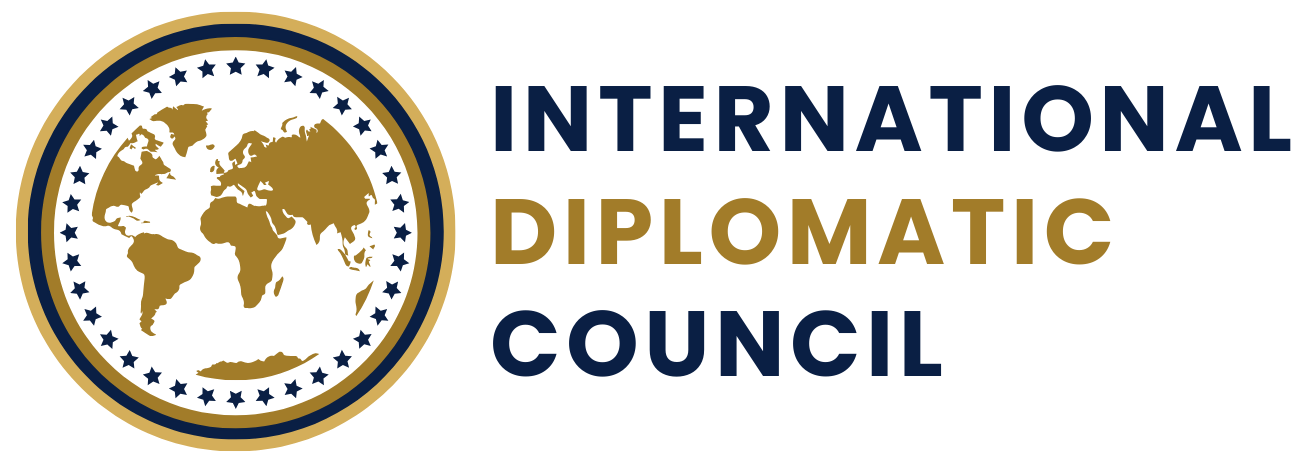Digital Diplomacy & Nation Branding: A Practical Guide for Governments
The International Diplomatic Council (IDC) defines digital diplomacy—also known as e-diplomacy—as the strategic use of online tools, data-driven insights and AI chatbots to advance public diplomacy, government relations and nation branding. Aligned with the UN Sustainable Development Goals (SDGs), digital diplomacy empowers countries to engage global audiences, streamline consular services and project their national identity in the digital arena.
1. Why Digital Diplomacy Matters
- Real-time Engagement
Digital channels (social media, messaging apps, virtual embassies) let governments respond instantly to citizen inquiries on visas, travel advisories and public-health alerts. - Enhanced Nation Branding
A coherent digital presence—websites, AI chatbots, multimedia campaigns—amplifies a country’s cultural narrative, investment opportunities and tourism appeal. - Data-Driven Policy
Analytics and sentiment tracking inform foreign-policy decisions, measure public diplomacy impact and guide resource allocation. - Crisis Response
AI-powered crisis mapping and automated alert systems accelerate humanitarian aid, coordinate relief corridors and protect vulnerable populations.
2. Core Components of a Digital Diplomacy Strategy
- E-Governance Frameworks
- Establish clear policies on data privacy, cybersecurity and digital-rights protection.
- Integrate inter-ministerial workflows for unified online service delivery.
- AI Chatbots & Virtual Embassies
- Deploy multilingual chatbots on platforms like WhatsApp, Telegram and government portals to handle routine consular queries.
- Create virtual embassy interfaces offering video consular appointments, document uploads and real-time status updates.
- Public Diplomacy Campaigns
- Use social-media diplomacy (Twitter, LinkedIn, Instagram) to share thought-leadership articles, cultural events and investment forums.
- Leverage interactive content—webinars, live Q&A sessions—to humanize diplomatic engagement.
- Nation Branding in the Digital Age
- Develop a unified brand identity (logo, colors, messaging) across all digital touchpoints.
- Showcase flagship projects—renewable-energy initiatives, cultural heritage restorations—through immersive virtual tours.
- Analytics & Measurement
- Track key performance indicators: chatbot resolution time, social-media engagement rates, virtual-embassy appointment volumes.
- Publish quarterly scorecards to demonstrate progress in public diplomacy, nation branding and SDG alignment.
3. Best Practices for Implementation
- Cross-Sector Collaboration
Partner with academic institutions, tech firms and civil-society groups to co-create digital diplomacy tools and share best practices. - Capacity Building
Train diplomats and protocol officers in digital negotiation, social-media etiquette and AI ethics to ensure responsible engagement. - Scalability & Resilience
Choose cloud-native architectures and low-bandwidth solutions to maintain service continuity during peak demand or network outages. - Inclusive Design
Ensure accessibility (multilingual menus, assistive-tech compatibility) so all citizens—including diaspora communities—can benefit.
4. Illustrative Use Cases
- Consular Chatbot: A government chatbot that processes 10,000+ visa inquiries monthly, freeing human staff for complex cases.
- Virtual Trade Mission: An online platform hosting live product demos, B2B matchmaking and investment-pitch webinars for overseas investors.
- Crisis Alert System: An AI-driven SMS broadcast that reached 500,000 citizens with real-time safety instructions during a natural disaster.
By integrating digital diplomacy, AI chatbots and nation branding into a cohesive strategy, governments can deepen citizen trust, enhance international standing and achieve measurable progress on global goals.
